The Photonic Integrated Circuit Market is currently characterized by a dynamic competitive landscape, driven by advancements in technology and increasing demand for high-speed data transmission. Key players such as Intel Corporation (US), Cisco Systems (US), and IBM Corporation (US) are at the forefront, each adopting distinct strategies to enhance their market positioning. Intel Corporation (US) focuses on innovation through substantial investments in research and development, aiming to integrate photonic technologies into its semiconductor offerings. Meanwhile, Cisco Systems (US) emphasizes partnerships with telecommunications firms to expand its photonic solutions, thereby enhancing its service portfolio. IBM Corporation (US) is leveraging its expertise in quantum computing to explore the integration of photonic circuits, indicating a strategic pivot towards next-generation computing solutions. Collectively, these strategies contribute to a competitive environment that is increasingly centered on technological advancement and collaborative growth.
In terms of business tactics, companies are localizing manufacturing and optimizing supply chains to enhance operational efficiency. The market structure appears moderately fragmented, with several players vying for market share while also collaborating through strategic alliances. This collective influence of key players fosters a competitive atmosphere where innovation and responsiveness to market demands are paramount.
In November 2025, Intel Corporation (US) announced a partnership with a leading telecommunications provider to develop next-generation optical transceivers. This collaboration is poised to enhance data center connectivity, reflecting Intel's commitment to advancing its photonic technologies. The strategic importance of this partnership lies in its potential to significantly improve data transmission speeds, thereby addressing the growing demand for bandwidth in cloud computing environments.
In October 2025, Cisco Systems (US) unveiled a new line of photonic integrated circuits designed for 5G networks. This launch underscores Cisco's strategy to capitalize on the burgeoning demand for high-speed wireless communication. By integrating these circuits into its existing infrastructure solutions, Cisco aims to solidify its position as a leader in the telecommunications sector, enhancing its competitive edge in the rapidly evolving market.
In September 2025, IBM Corporation (US) revealed its plans to invest $500 million in a new research facility dedicated to photonic computing technologies. This investment signifies IBM's long-term commitment to pioneering advancements in photonic integration, particularly in the realm of quantum computing. The establishment of this facility is expected to accelerate innovation and position IBM as a key player in the future of computing technologies.
As of December 2025, current competitive trends in the Photonic Integrated Circuit Market are increasingly influenced by digitalization, sustainability, and the integration of artificial intelligence. Strategic alliances are becoming more prevalent, as companies recognize the value of collaboration in driving innovation. Looking ahead, competitive differentiation is likely to evolve, shifting from price-based competition to a focus on technological innovation and supply chain reliability. This transition suggests that companies will need to prioritize R&D and strategic partnerships to maintain a competitive edge in an ever-evolving market.
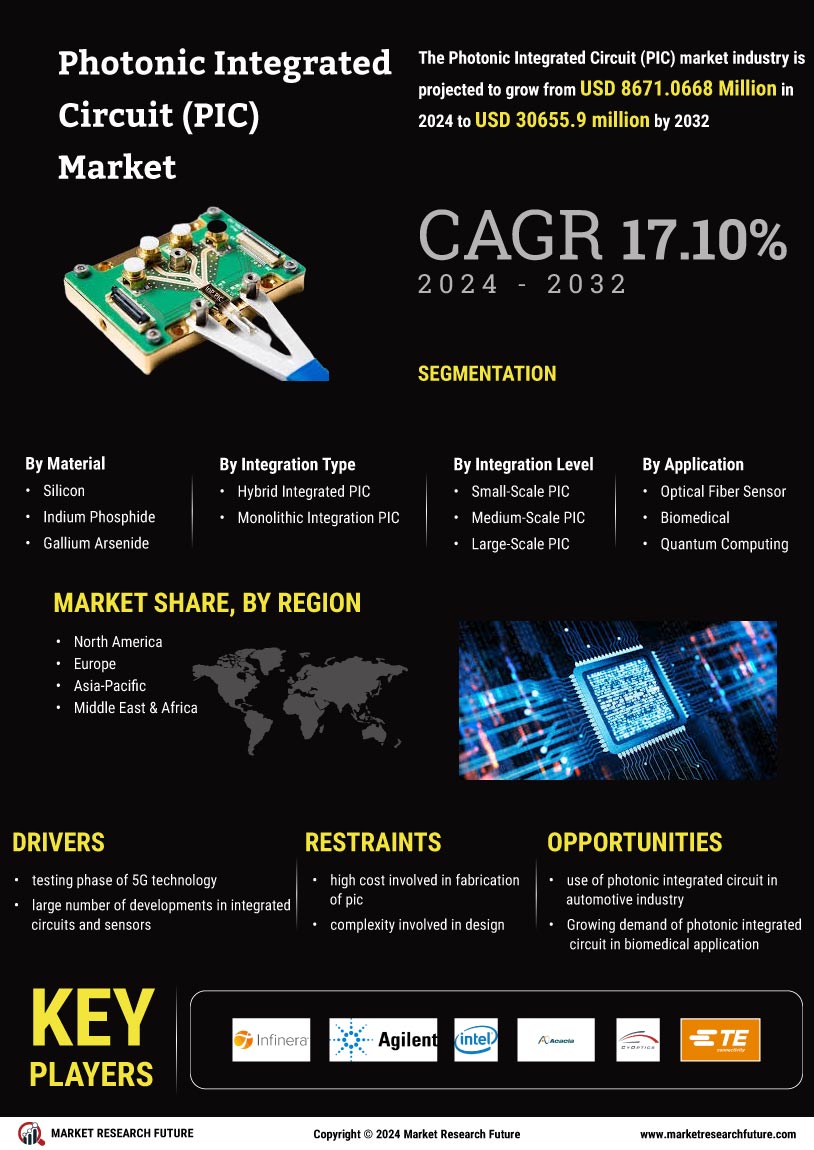
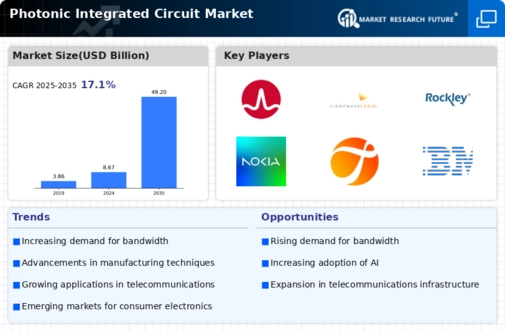
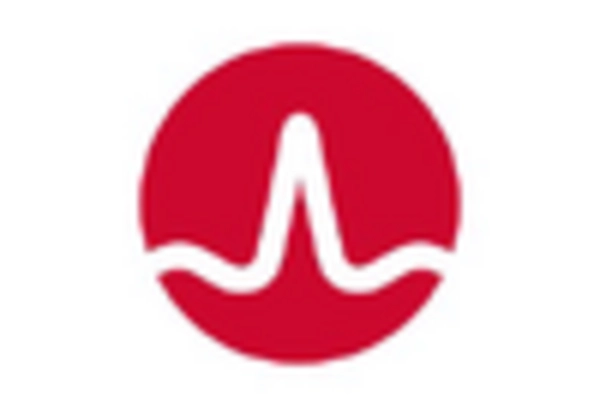

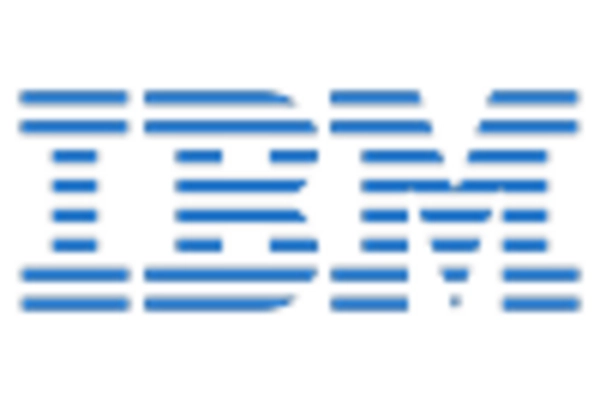
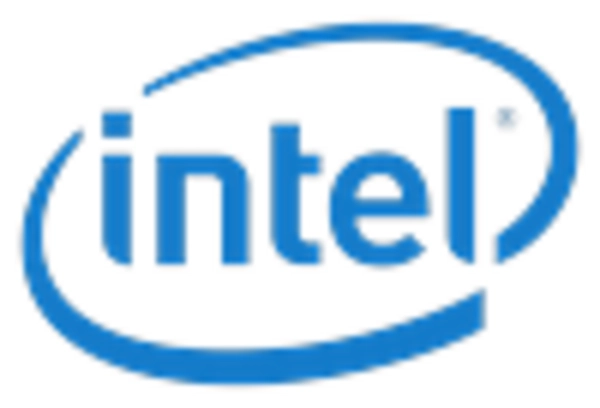

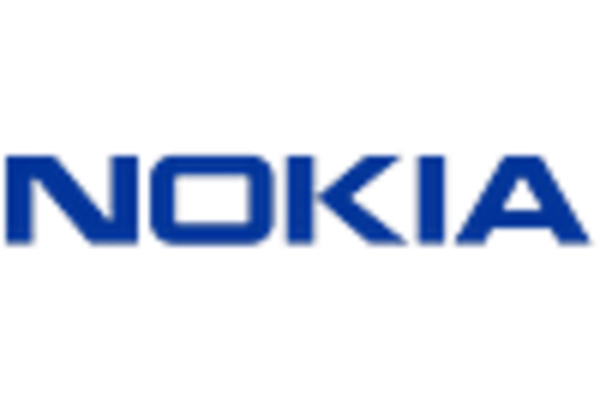








Leave a Comment